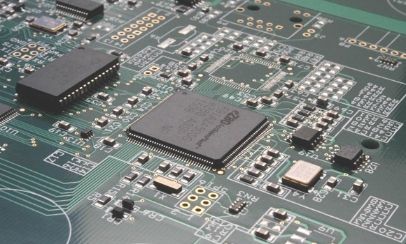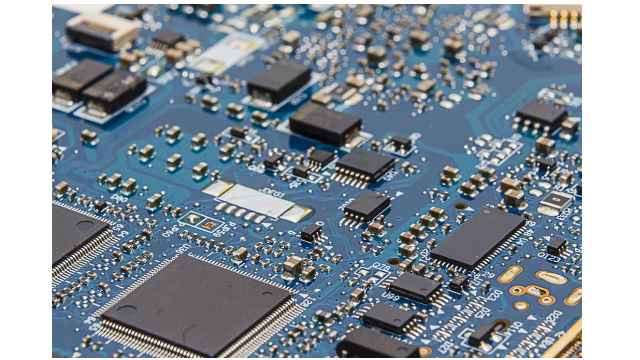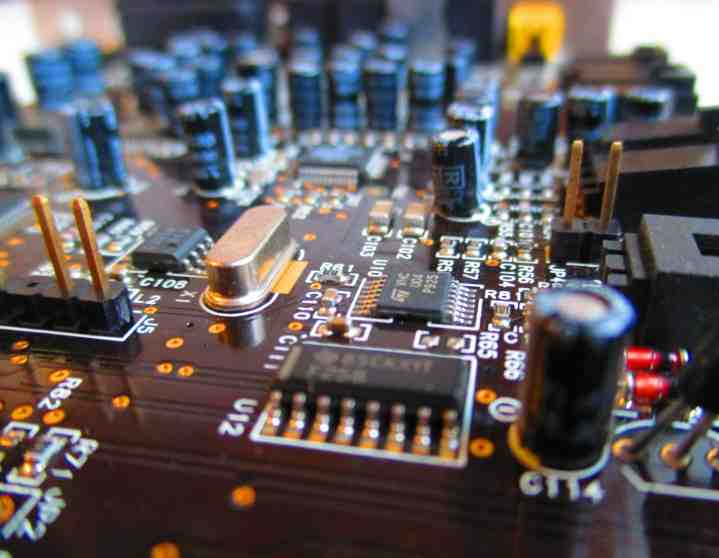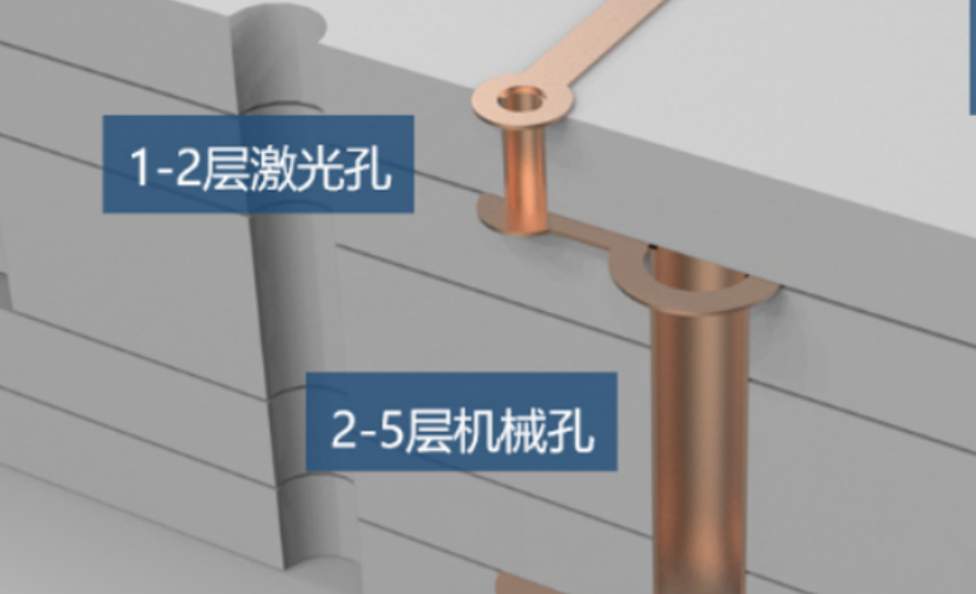
Notes for avionics PCB development
The aerospace industry is relatively new, having been around since the 1950s. In most cases, the development of space-based systems is usually lengthy and deliberate. To be sure, one must be familiar with the space environment and its impact on platforms, especially those carrying people. Now, as we successfully complete many missions, the confidence to deploy space systems is becoming commonplace.
The long-cycle development cycle that is still common is known as the Old Space process, which applies to space entry platforms such as satellites and rovers. In recent years, the aviation industry has expanded from only government to commercial enterprises, largely facilitating faster development and deployment. This shift has produced a new space technology goal, an 18-month goal for deploying satellites instead of the original five-year plan.
Over the years, electronic systems and printed circuit board including space-based systems have been developed. This development has resulted in smaller, more powerful systems, forcing PCB designers and manufacturers who supply electronic products to pay more attention to equipment reliability. For developers, this requires software, hardware, and services that can create systems that successfully address the unique challenges facing the avionics field.

Software - The complexity and interoperability of avionics dictates the use of a comprehensive PCB design environment with the ability to run mechanical, thermal and electronic simulations to reduce development time and ensure manufacturability.
Hardware - For aerospace electronics, it is critical that materials be of high quality and be able to work in the space environment for long periods of time. In addition, it is necessary to optimize component selection to eliminate costly delays and redesigns.
Services - The ability to manage product and process quality to a high standard, including the AS9100, for all avionics suppliers. The quality, reliability and safety requirements upheld by the aerospace industry require that you: select qualified CM product development partners.
Tips for developing avionics PCB
Whether you are a new space technology developer or are transitioning from an old space technology model, if there are some best practices or tips that will assist you in your aerospace electronics development:
Tip 1: Understand applicable aerospace standards and regulations.
Due to sometimes extreme environmental problems, there are extended deployment times and the possibility of collision with space debris that aerospace industry standards you must follow. Know what standards apply to your space-constrained board design and what responsibilities you must take on.

Tip 2: Use a PCB design package with emulation capabilities.
While the functionality of your design software tools is always important, they are even more important for designing avionics. These boards are often complex and need to be integrated with other boards, which may require multiple board designs, simultaneous collaboration and the ability to simulate the board's response to various conditions. For example, being able to simulate temperature and power changes and perform a finite element analysis (FEA) of strength or hardness is definitely advantageous.
Tip 3: Select a CM that meets your aerospace quality needs.
To meet aerospace industry standards, your CM must be able to manufacture boards that meet high quality and durability requirements. Remember that as part of your quality management system, the quality control (QC) and process documentation for your CM operations is under review. Therefore, you must choose a CM that will help you meet all applicable industry requirements for avionics.
Tip 4: Optimize component selection to improve availability and reliability.
It is essential to use high-quality components that can be used for future production and can withstand the space environment. You must also take steps to avoid using counterfeit components. These factors must be taken into account when selecting components to ensure that there will be no delays or production disruptions, that the PCB circuit board will function reliably over its intended useful life, and that no substandard components will enter the aerospace system.
Tip 5: Know what other tests you need to do when your motherboard is ready.
It is not uncommon for avionics and PCB to require specialized testing, especially to ensure reliable performance in extreme temperature environments or atmospheric turbulence during deployment. Therefore, you need to know what tests are required and how they should be performed.
Avionics and PCB board development requires special consideration and timely action to ensure that your design and manufacture meet aerospace industry standards.







